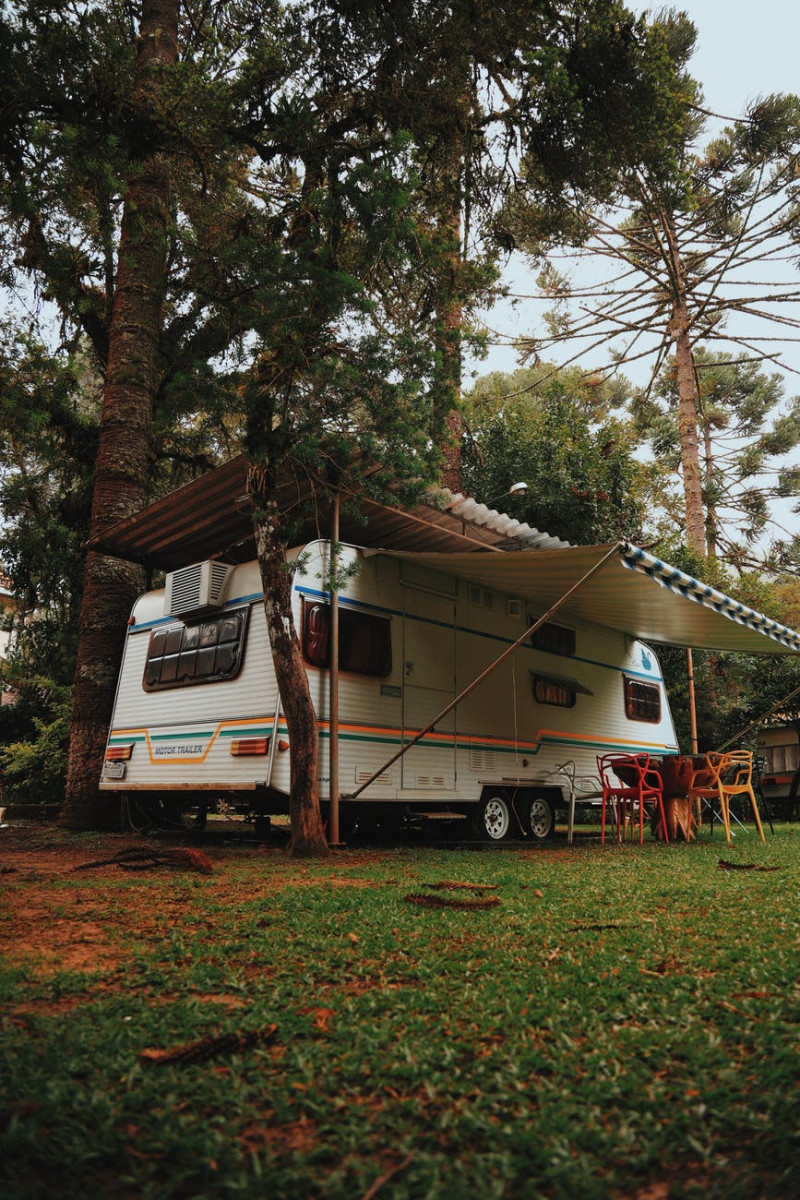Well, Steve asked me what’s the best way to document your bike tour. He and Deb are going on an awesome ride across America to raise awareness for stroke. So what are the tools you need for the road:
Helmet and Bicycle Cameras
There are quite a few action cameras with bicycle mounts that you can use. Since this is a long-distance bike trip, it is not as important to have one that is rugged as it is for it to be light and easy to use. The technology has really moved ahead, so you can see what it is really like to be on the very difficult Paris-Roubais over rugged terrain.
And sadly, these bicycle cameras are important for bike accidents, when someone hits you which is a sad but true reality. In the UK for instance, there is even a Nextbase portal to submit your accident footage to the police.
Cycling Weekly is a UK publication that does a nice job for many pieces of equipment, The Geek Cyclist is a good view of an individual geek, Bicyclist is a generalist US print publication, Cycling News for US Pro racing and McGregor 26. Here are some products they’ve liked:
- Insta360 Go 2 Camera. This is really a camera for taking photos when you stop and see something pretty. Yes, you can use your phone for this, but if you are already using it for navigation this is a great solution particularly since you can just hang it from you neck or in your jersey pocket. They really love this camera because it is super small, waterproof and rugged. It is not 4K but it is super small and has a 180 degree view and up to 1440p
- Insta360 One R. This is more like the traditional Go Pro Hero cameras in that it is a small rectangle with a bike mount or put on your helmet. It has an 1-inch sensor upgrade that should be for higher reoslution and they have a 360 module so you can stick it on your helmet and generate virtual reality looks. So with this, you can get the same 5K max resolution as the new GoPro Hero 9. The 360 module uses a smaller senosr with two lenses so you can crop your 360 to a standard view. You should probably ount this high to keep it out of the way of the rain, but you can get an integrated Garmin mount, so your bike computer goes on top and the camera goes on the bottom. The Ultimate Edition is what you need with the 1-inch and the dual lense 360 mod. for $700. Or you can get the GoPro Max and the GoPro Hero 9 if you need both a helmet and a forward mount at the same time.
- Go Pro Hero 9 and Go pro Max. Go Pro Hero 9 is the standard for action cams with 5K@30 fp or 4K@60fps. And the GoPro MAX is 360 degress surround runs at 60K @ 30fps. Note that this is sort of the industry standard, so if you’ve never heard of the Insta360, this is not a bad choice. If you are going on a long tour, you probably want both. Go Pro Max for your helmet and then the Go Pro Hero 9 on your bars.
- Drift Ghost X Bike and Helmet Camera. This is not a 4K camera, but it does shoot for up to five hours. So if you just want to set it and forget it, this is a good choice. If you care about editing that much video. This is the kind of camera that is good for accident recording. Just set it and forget it
- Cycliq Fly 6 Rear Light Camera and Cycliq Fly12. This is also for accidents, it covers your rear. Like the Garmin Virb with the radar, this has a light (you probabliy want both the Garmin Varia RTL515 and this for full safety so you get radar and you get a camera. The Cycilq Fly12 is a front camera with an integrated light at 1080p also for dashcam usage.
WiFi And Connectivity
There are really three ways you can do this:
- Hotspot plans. You can hot spot from your phone, this or course requires that you have actual cellular in the neighborhood you are in. This definitely works, but you have to make sure your plan supports this and of course it is your phone, so it doesn’t work as well for an RV. As an example with the T-mobile Max, you get 40GB of montlhy data and then it falls to 3G (0.5-3Mbps) but T-mobile doesn’t have the rural coverage of say a Verizon Do More Unlimited which is also $80/month or AT&T at $55/month for 100GB. One dark horse in this is the Google Fi plan. This is an MVNO and uses the T-mobile/Sprint and US Cellular network underneath which is a big deal for rural areas. With the $70/month plan, you get unlimited data and as many data sims as you want. The plan is half off for the first 3 months and there is no contract, so ideal for a summer of touring 🙂 but it is only for the first 22GB of data before it drops to slower speeds. Plus you get 100GB of Google One data as well, so not a bad choice. There are also some low cost MVNOs like US Mobile, underneath it is using Verizon and T-mobile so that is another option (which I’m testing right now).
- Mobile hotspot routers. A more permanent solution is to get an actual mobile router. This is a device that takes a sim card and that connects you to the network. For instance the Netgear has a battery in it and supports both Ethernet and has a WiFi access point. If you are trying to build a convenient dedicated setup for a months long tour this is the simplest. It does mean you need a separate data plan that supports high speed connection so it is more expensive. Many of these are locked to carriers so the Verizon Inseego Jetpack MiFi 8800L has a battery and is WiFi only which is probably all you need for most devices. I actually have an unlocked version of the Nighthawk LTE M1 router which is $249. My main problem right now is that for some reason it does not like the GoogleFi network at all. (see below), but otherwise I’d probably recommend an unlocked Nighthawk with Google Fi as a backend. The most generous plan, but the least coverage is the $336 T-mobile Inseego 5G
- Starlink with Roaming. OK, this solution really isn’t one here today, but Starlink is going to offer global roaming. So for $99 a month and a dish mounted on your RV, you can have 100-200Mbps pretty much anywhere in the world. There is a massive backlog right now for this, but it is the ideal solution for the long term. The agreements have changed and it is not clear how well they will work, but it is there.
So, net, net, what would I recommend today:
- Conditionally the Google Fi or maybe US Mobile plus Netgear Nighthawk M1 5G. This is the latest router and with the unlocked version, you can put any sim card you want. It has an Ethernet port and a good battery. If you don’t need Ethernet though, you can go with one of the locked systems.
- For most reliability, I would probably end up with both the AT&T or Verizon InseeGo it’s more expensive, but you are pretty likely to have coverage if anything is available.
- Finally, if you plan on ever doing this again, I’d get in line for a Starlink as that’s the best solution long term, don’t depend on cellular.
Quick note on Google Fi to Netgear M1100 Nightgear
OK, this combination used to work great, I was getting reliably 20-50 Mbps in. But when I reactivated my Google Fi data sim, suddenly I was dropped to 3G speeds of 300 Kbps. I’m not quite sure why this is. I looked at the settings and it was locked to T-mobile so I changed the APN settings to h2g2 which has worked before and still no joy. It’s not a very popular combination, but putting in SIM cards of different places seems to cause a heart ache for it. I have a new data plan SIM from US Mobile so I will try that.
This is kind of a bummer as this combination should be a good one with T-mobile, Sprint, and US Cellular.
I’m now going to try the data sim in a real phone and also a new US Mobile sim so stay tuned.








